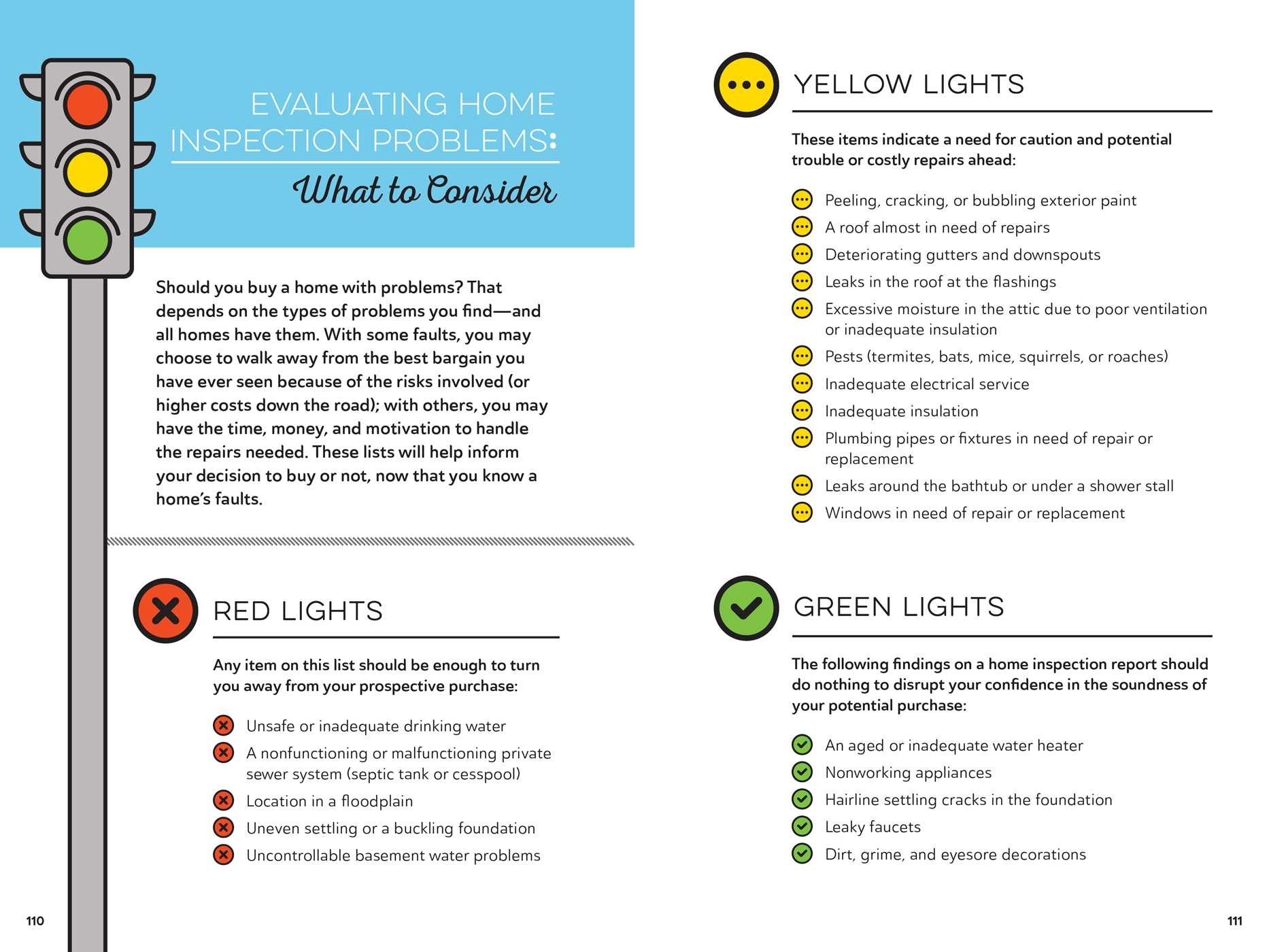The Function Of Roofing System Air Flow In A Successful Installment
The Function Of Roofing System Air Flow In A Successful Installment
Blog Article
Developed By-Kehoe Curtis
When you're taking on a roof covering job, you could not assume much about roofing system air flow, but it's even more vital than you realize. Efficient air flow aids manage temperature level and wetness in your attic, protecting against troubles like mold and architectural damages. By understanding how to make and mount a well balanced ventilation system, you can improve energy effectiveness and prolong the life-span of your roofing materials. So, what are the crucial aspects to take into consideration throughout setup that can make all the distinction?
Importance of Roofing System Ventilation
Roofing system air flow plays an essential role in maintaining the total health and wellness of your home. By allowing fresh air to circulate via your attic room, it assists manage temperature and dampness levels. This equilibrium is necessary to protect against heat buildup throughout hot months, which can lead to raised power costs as your a/c burns the midnight oil.
Moreover, correct air flow significantly lowers the danger of moisture-related problems like mold and mildew and mold. If moisture degrees increase, your home's structural integrity can be compromised, causing expensive repairs. You would not want to deal with decaying wood or deformed roof materials, right?
In addition, sufficient air flow extends the life-span of your roofing system. When heat and wetness are kept in check, your roof covering can execute optimally, stopping premature wear and tear. This implies fewer migraines and costs down the line.
Just How Roof Air Flow Functions
Reliable roof covering air flow depends on the natural motion of air to develop an equilibrium in between consumption and exhaust. When you mount vents, you're basically allowing fresh air to enter your attic room while allowing warm, stagnant air to run away. https://www.bdcnetwork.com/us-coast-guard-headquarters-vegetative-roof-assembly-washington-dc manage temperature level and dampness levels, protecting against concerns like mold and mildew development and roof covering damage.
siding installation san antonio tx , typically located at the eaves, attract great air from outdoors. At the same time, exhaust vents, situated near the ridge of the roofing, allow hot air increase and departure. The difference in temperature creates a natural air movement, called the pile effect. As warm air rises, it develops a vacuum that draws in cooler air from the reduced vents.
To optimize this system, you need to make certain that the consumption and exhaust vents are properly sized and positioned. If the consumption is limited, you won't accomplish the desired ventilation.
Furthermore, not enough exhaust can trap warm and wetness, leading to prospective damages.
Trick Installment Factors To Consider
When setting up roofing system ventilation, several essential factors to consider can make or break your system's efficiency. First, you need to analyze your roof covering's design. The pitch, form, and products all influence air movement and ventilation option. Make sure to choose vents that match your roof kind and regional environment problems.
Next, consider the placement of your vents. Preferably, you'll want a balanced system with intake and exhaust vents positioned for ideal air movement. Location intake vents short on the roof covering and exhaust vents near the top to urge a natural flow of air. This setup assists protect against moisture accumulation and promotes power performance.
Do not ignore insulation. Correct insulation in your attic room protects against warmth from escaping and keeps your home comfy. Make certain that insulation doesn't block your vents, as this can prevent airflow.
Finally, think of upkeep. Choose ventilation systems that are simple to access for cleaning and assessment. Regular upkeep ensures your system continues to function properly gradually.
Conclusion
Finally, roof covering ventilation is necessary for an effective installation. By guaranteeing correct airflow, you can protect against warmth accumulation and dampness concerns that result in costly damage. When you strategically position intake and exhaust vents, you boost energy efficiency and prolong the life expectancy of your roofing system. Remember, a well-ventilated roof not just protects your investment but additionally improves your interior air top quality. So, prioritize ventilation to guarantee a resistant and affordable roofing system for your home.
